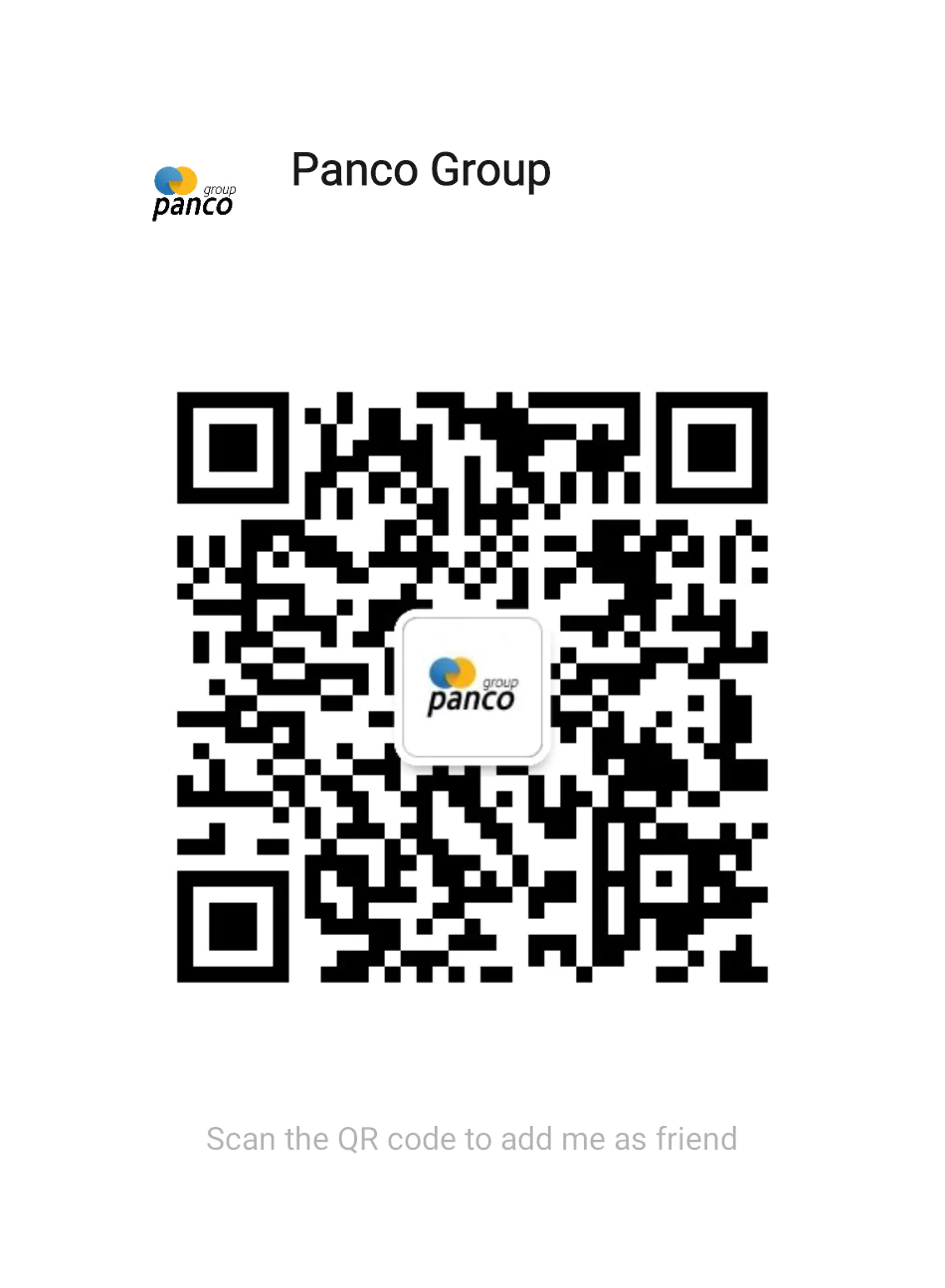
Portugal, located on the Iberian Peninsula, is a vital link between Europe and the wider world, known for its rich cultural history, robust maritime legacy, and vibrant economy. As a member of the European Union (EU) and a gateway to markets in Africa and South America, Portugal plays a crucial role in international trade. This blog delves into Portugal’s top trading partners, analyzing the key countries for its exports and imports, along with the products that shape these relationships.
Overview of Portugal’s Trade Landscape
Portugal’s trade economy thrives on its strategic geographic position, diverse industrial base, and trade agreements under the EU framework. With a gross domestic product (GDP) heavily reliant on international trade, the country maintains robust relationships with numerous partners globally. Portugal’s exports account for over 40% of its GDP, highlighting its openness and reliance on global markets. Meanwhile, imports ensure the inflow of raw materials and advanced technologies, driving its manufacturing and industrial sectors.
Top Trading Partners for Portugal’s Exports
Portugal’s export market showcases its prowess in textiles, machinery, agriculture, and technology. Below are its top export destinations:
- Spain
- Export Value: Approximately €17 billion annually.
- Percentage of Total Exports: Nearly 26%.
- Key Exports: Machinery, electrical equipment, vehicles, and textiles.
- Significance: Portugal’s proximity to Spain makes it a natural trading partner. The shared Iberian Peninsula fosters logistical ease and strong economic ties.
- France
- Export Value: Around €9 billion.
- Percentage of Total Exports: About 14%.
- Key Exports: Automotive parts, cork, footwear, and wines.
- Significance: France’s high demand for Portuguese wine and cork products, coupled with EU trade agreements, makes it a critical partner.
- Germany
- Export Value: Approximately €8 billion.
- Percentage of Total Exports: 13%.
- Key Exports: Machinery, paper products, footwear, and plastics.
- Significance: Germany’s advanced industrial economy aligns with Portugal’s manufacturing and technological exports.
- United States
- Export Value: Roughly €4 billion.
- Percentage of Total Exports: 6%.
- Key Exports: Cork, agricultural products, and textiles.
- Significance: Strong bilateral trade agreements and demand for Portuguese specialties like cork enhance this partnership.
- United Kingdom
- Export Value: Around €3.5 billion.
- Percentage of Total Exports: 5%.
- Key Exports: Textiles, automotive parts, and agricultural products.
- Significance: Despite Brexit, trade relations remain solid due to historical ties and mutual economic interests.
- Netherlands
- Export Value: €3 billion.
- Percentage of Total Exports: 4%.
- Key Exports: Chemicals, textiles, and food products.
- Significance: The Netherlands’ robust logistics infrastructure supports seamless trade flows.
- Italy
- Export Value: Approximately €2.5 billion.
- Percentage of Total Exports: 4%.
- Key Exports: Cork, paper, and agricultural products.
- Significance: Italy’s demand for Portuguese cork and paper supports strong trade ties.
 Top Trading Partners for Portugal’s Imports
Top Trading Partners for Portugal’s Imports
Portugal’s import profile is characterized by a reliance on industrial goods, energy products, and advanced technologies. Here are its leading import sources:
- Spain
- Import Value: Nearly €25 billion annually.
- Percentage of Total Imports: Over 32%.
- Key Imports: Machinery, automotive parts, and food products.
- Significance: Spain’s advanced industries and geographic proximity make it Portugal’s largest import source.
- Germany
- Import Value: Approximately €10 billion.
- Percentage of Total Imports: 13%.
- Key Imports: Vehicles, machinery, and chemicals.
- Significance: Germany’s industrial might ensures a steady flow of high-tech products into Portugal.
- France
- Import Value: Around €8 billion.
- Percentage of Total Imports: 10%.
- Key Imports: Machinery, textiles, and beverages.
- Significance: France’s diverse industrial base complements Portugal’s needs.
- Netherlands
- Import Value: Roughly €6 billion.
- Percentage of Total Imports: 7%.
- Key Imports: Crude oil, chemicals, and electronic components.
- Significance: The Netherlands’ role as a global trading hub enhances this relationship.
- Italy
- Import Value: Around €5 billion.
- Percentage of Total Imports: 6%.
- Key Imports: Textiles, machinery, and food products.
- Significance: Italy’s competitive manufacturing sector aligns with Portuguese demand.
- China
- Import Value: Approximately €4.5 billion.
- Percentage of Total Imports: 5%.
- Key Imports: Electronics, machinery, and textiles.
- Significance: China’s dominance in global manufacturing ensures its role as a key supplier.
- United States
- Import Value: Around €3.5 billion.
- Percentage of Total Imports: 4%.
- Key Imports: Machinery, medical equipment, and agricultural goods.
- Significance: Bilateral trade agreements and advanced products drive this partnership.
Key Industries Driving Trade
Portugal’s international trade is underpinned by several key industries that produce goods for export while requiring critical imports. These industries include:

- Textile and Apparel
- Exports: High-quality clothing, home textiles.
- Imports: Raw materials like cotton and synthetic fibers.
- Portugal’s craftsmanship in textiles, especially homegrown brands, drives significant export revenue.
- Cork Industry
- Exports: Cork products, including wine stoppers and flooring materials.
- Imports: Machinery and chemicals for processing.
- As the world’s largest producer of cork, Portugal leads this niche market.
- Agriculture and Food Products
- Exports: Wine, olive oil, fish products.
- Imports: Cereals, animal feed, and tropical fruits.
- Portugal’s agricultural exports, particularly wine and olive oil, enjoy global acclaim.
- Automotive and Machinery
- Exports: Vehicle components, industrial machinery.
- Imports: Vehicles, advanced machinery, and parts.
- Portugal’s automotive sector benefits from EU integration and its export-oriented production.
- Energy
- Exports: Renewable energy technologies, such as wind turbines.
- Imports: Crude oil, natural gas.
- Portugal’s investment in renewable energy is a growing facet of its economy.
Trade Challenges and Opportunities
While Portugal’s trade sector is robust, it faces challenges, including:
- Energy Dependence
- High reliance on imported energy products exposes Portugal to global price fluctuations.
- Solution: Greater investment in renewable energy can reduce dependency and enhance sustainability.
- Logistical Constraints
- Limited port capacity and connectivity issues can hamper trade efficiency.
- Solution: Upgrading port infrastructure and expanding partnerships can improve trade flows.
- Economic Volatility
- Economic slowdowns in key trading partners can impact exports.
- Solution: Diversifying trade partners and focusing on emerging markets can mitigate risks.
Despite these challenges, Portugal enjoys numerous opportunities to expand its trade network:
- Strategic Location: Portugal’s position as a gateway to African and South American markets enhances its trade appeal.
- EU Membership: Access to the EU’s single market ensures frictionless trade with member states.
- Growing Industries: Investments in technology and renewable energy offer new export possibilities.
 Conclusion
Conclusion
Portugal’s top trading partners underscore the country’s interconnectedness with global markets, especially within the EU. Its robust relationships with Spain, France, Germany, and beyond reflect a well-diversified trade strategy. The nation’s unique strengths, from textiles to cork production, coupled with strategic initiatives in renewable energy and technology, position it well for future growth.
For freight forwarding companies, customs brokers, and logistics providers, Portugal’s trade dynamics present both opportunities and challenges. Understanding its primary trading partners and industry drivers is essential for capitalizing on these opportunities and navigating its economic landscape. By leveraging its geographic advantages and addressing existing constraints, Portugal is poised to strengthen its role in the global trade arena.




 Top Trading Partners for Portugal’s Imports
Top Trading Partners for Portugal’s Imports Conclusion
Conclusion



